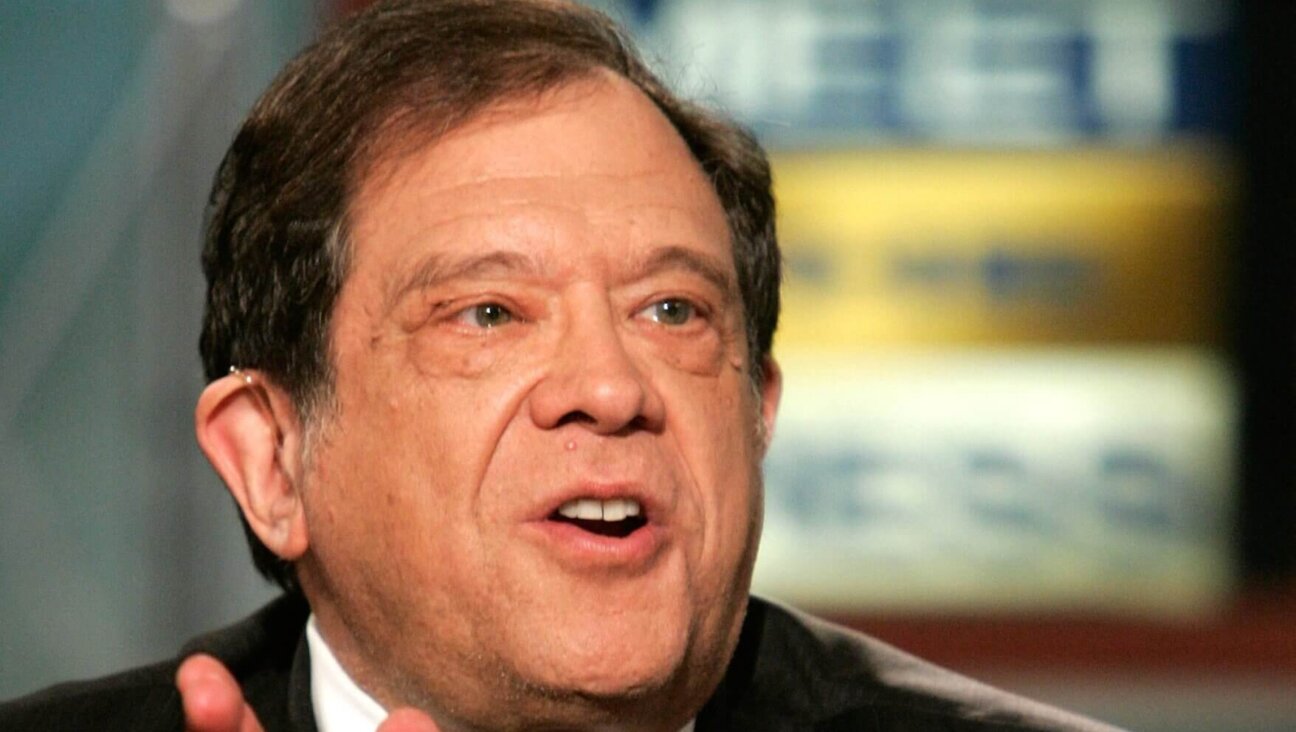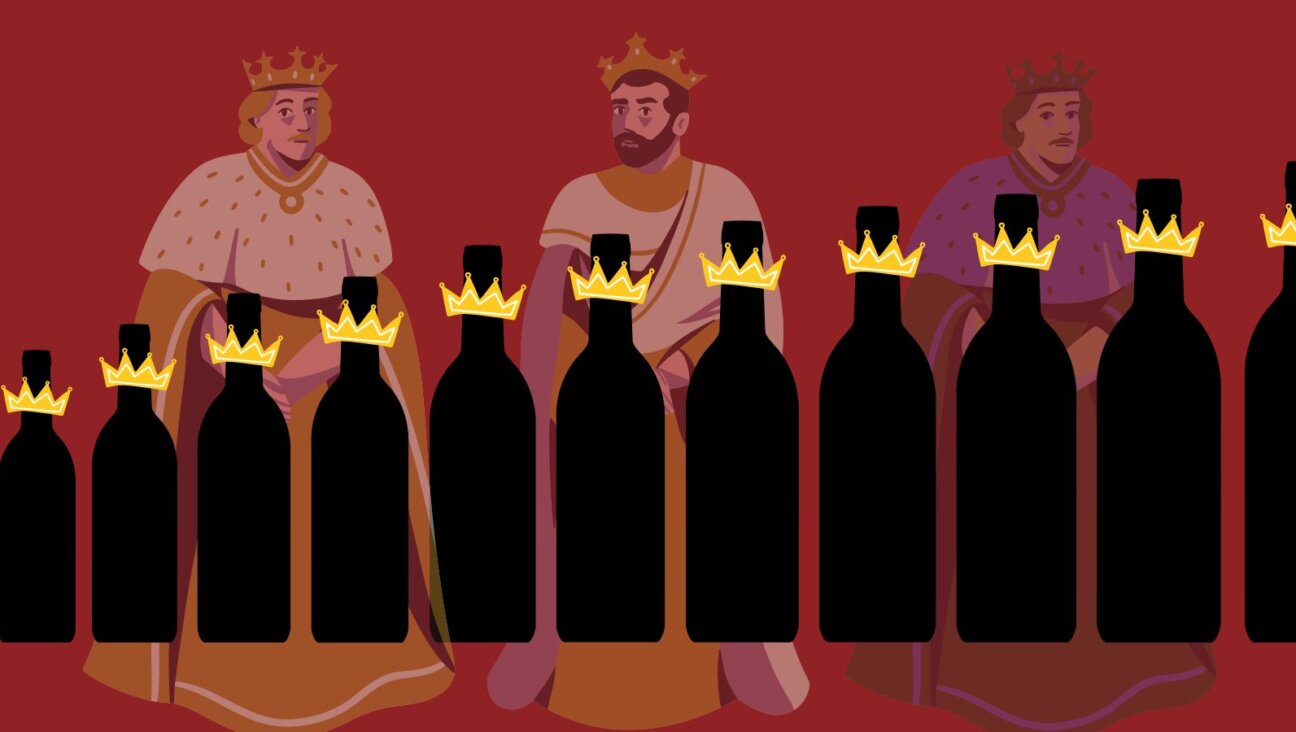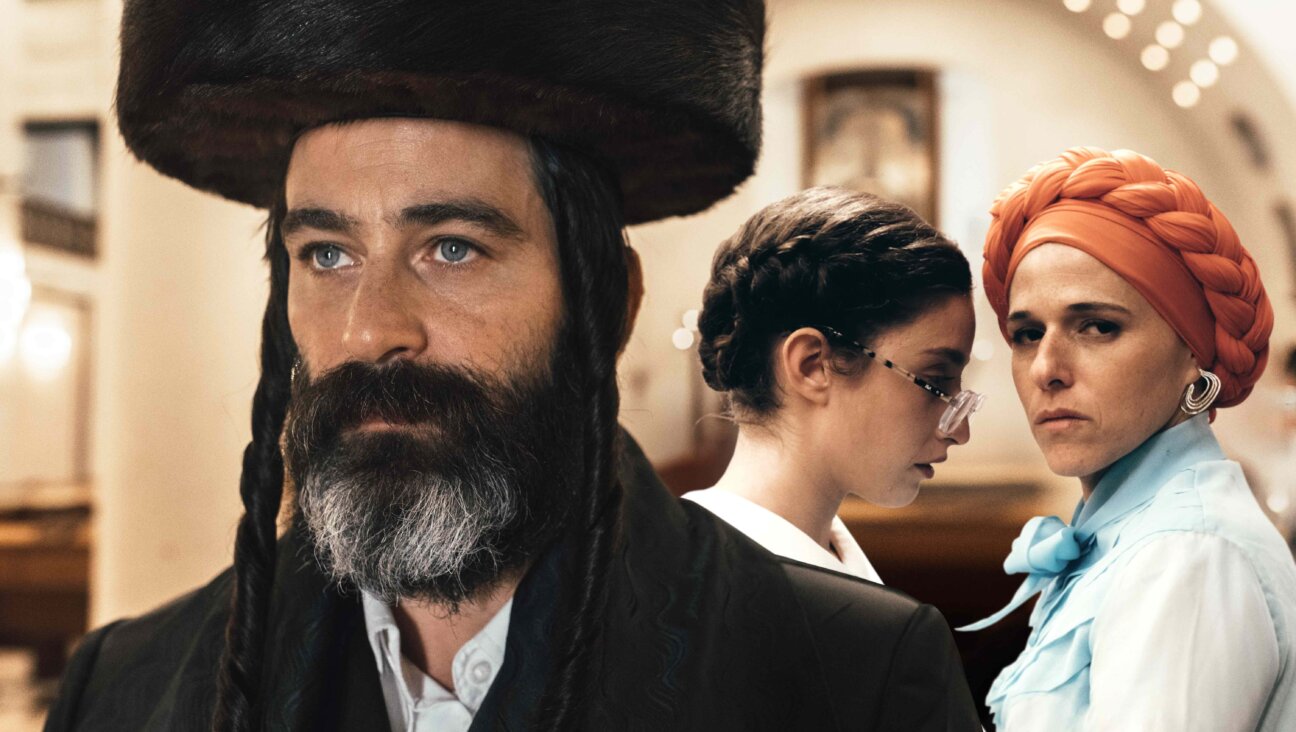Two Young Women, One Bad Leukemia
In a small auditorium in the basement of the 369th Regiment Armory in Harlem, Jackie Donahue is chatting with a co-worker. A bright orange head-wrap covers her bald head and gold hoop dangle from her ear lobes. She looks happy, almost ebullient — characteristics that seem incongruous with someone in her condition.
Elsewhere, in St. Paul, Minn., Delia Levine-Horrigan is probably doing what she does on any other day. Shopping. Talking on the phone. Playing outside. Watching TV. These are all normal activities. All normal things that normal kids do on normal summer days. Yet for Levine-Horrigan, the word normal does not seem to apply.
At first glance, Donahue and Levine-Horrigan could not be more dissimilar:
Donahue is a 30-year-old single mother with two kids. Levine-Horrigan is a 15-year-old high school student.
Donahue’s brother, Nelly, is a multi-platinum rap star. Levine-Horrigan’s brother, Colin, lives in Minnesota.
But these two women do have something in common: They both hope to find a bone marrow donor who can help save each of their lives.
Fortunately for Donahue, Levine-Horrigan and others like them, there are people and organizations that are working assiduously to help.
One of those people is Donahue’s brother, Nelly (Cornell Haynes Jr.), the Grammy-winning hip-hop artist from St. Louis. After hearing that Donahue’s acute myelogenous leukemia had gone into remission this past January, Nelly and his sister, in association with the National Marrow Donor Program, started a campaign dubbed “Jes Us 4 Jackie” in an effort to increase the number of registered African-American donors and to increase overall awareness. Most recently, “Jes Us 4 Jackie,” which is a subsidiary of the rapper’s wider philanthropic efforts, held a drive in Harlem on July 26.
“This is bigger than just us,” Nelly said in a statement before simultaneous drives in Los Angeles and St. Louis on June 21. “If we did [find a match], that would be terrific. If we didn’t, hopefully we may have helped others and we will continue to search to find one for Jackie.”
Thus far, the campaign, which is the largest African-American donor drive to date, has helped register more than 1,300 people. Although Donahue has yet to find a match, she shares her brother’s optimism: “At the beginning it was kind of hard,” she said. “But now I’m so focused. Organizing the drive keeps me healthy.”
Donahue added that if she does find a donor, the organization’s efforts to register more people and increase public awareness will continue. “This is not the end, this is the beginning,” she said. “This is my goal. This is my life now.”
Nelly echoed his sister’s sentiments to an Associated Press reporter after the St. Louis and Los Angeles drives: “It’s not just a one-day event and you’ll never hear from us again,” he said. “It could be a match for somebody else’s brother or somebody else’s sister.”
That recipient could be someone like Levine-Horrigan, who suffers from Fanconi anemia, or FA, a rare, traditionally Jewish genetic disorder caused by the hereditary loss of both copies of certain genes. According to the Fanconi Anemia Research Fund’s Web site, most FA patients develop an anemia or a deficiency in one or more lines of the blood cells, which can be fatal. Indeed, the Web site states, “many patients eventually develop acute myelogenous leukemia,” which is the same type of cancer afflicting Donahue.
Unlike Donahue, who does not have FA, Levine-Horrigan has thus far managed to thwart the disease’s progress with the help of Oxymethalone, an anabolic steroid that athletes have gotten kicked out of the Olympics for taking. Unfortunately, the drug has side effects. “One of the negative side effects is that it causes liver cancer,” said Levine-Horrigan’s mother, Amy Levine. “She’s been taking Oxymethalone for four years now.”
Although Levine-Horrigan is now taking only a minuscule dose of the drug, which has thus far managed to prevent cancer from developing, she is checked twice a year with an ultrasound to make sure that she has not developed any organ damage. Her mother explained that she also has a bone marrow biopsy done twice a year in order to make sure that there is no movement in her cells toward leukemia.
Then there are the emotional consequences. “She has coped with that and had a very tough time originally,” Levine said. “We never knew if it was because she had just received word that her life might be particularly short or if it was the emotional turmoil that the hormone was creating, or if it was because she was 12 years old. It has probably always been all of those things.”
But the most serious matter is that which is inevitable — that Donahue’s present is Levine-Horrigan’s future. “There is no other curative remedy for the blood system failure,” Levine said. “She will have to go through that [transplant] process.”
That process is not so simple — nor is its efficacy guaranteed. “The kids are given chemotherapy and sometimes radiation to kill the entire bone marrow system,” Levine said. Next, she explained, the doctors disarm their immune system completely and then inject the new marrow into their system. Patients are isolated because they have no immunities.
“They cannot be subject to the slightest germ until the new bone marrow… begins to grow and build a new blood system,” Levine said. “Usually the kids are in the hospital for about 40 days and then they have to make daily clinic visits for almost six months.” She added that a lot of people do not make it simply because they may be susceptible to “opportunistic germs.”
For both Levine-Horrigan and Donahue, age is another factor. “Younger kids do better,” Levine said. “That’s not to say that there haven’t been older teens or even adults who have gone through it and survived. But they think that the younger you are, the more adaptive your body is.”
Another variable for both patients is that finding a donor is often difficult. According to the Web site of the Marrow Foundation, a partner of the National Marrow Donor Program that secures resources from the private sector to help increase the size and diversity of the NMDP’s donor registry, “about 30% of all patients in need of a transplant are able to find a matching donor within their families.” However, the remaining 70%, which includes both Levine-Horrigan and Donahue, are forced to search for a donor.
In this respect, Levine-Horrigan is more fortunate than Donahue. According to the Marrow Foundation’s Web site, “patients are most likely to find a match within their own racial or ethnic group because tissue types are inherited. And the need to recruit more African-American donors is particularly acute, because their heritage tends to be the most diverse.” Moreover, the Web site explains, “people of color represent only about one quarter of the total volunteer donors on the NMDP Registry,” a statistic that includes Asian/Pacific Islanders, Hispanics and American Indian/Alaskan Native communities. Indeed, as Donahue explained: “There are quite a few more people waiting for donors.”
Yet even for Levine-Horrigan, who is Caucasian, a match is not guaranteed. Although the NMDP told Levine-Horrigan’s family that they should be able to find a high enough match by the time a donor is needed, Levine-Horrigan’s mother is still “not absolutely sure.”
That’s why it’s so important that organizations like Nelly’s continue their efforts — so that someday, the phrase “searching for a donor,” becomes obsolete.

I hope you appreciated this article. Before you go, I’d like to ask you to please support the Forward’s award-winning journalism this Passover.
In this age of misinformation, our work is needed like never before. We report on the news that matters most to American Jews, driven by truth, not ideology.
At a time when newsrooms are closing or cutting back, the Forward has removed its paywall. That means for the first time in our 126-year history, Forward journalism is free to everyone, everywhere. With an ongoing war, rising antisemitism, and a flood of disinformation that may affect the upcoming election, we believe that free and open access to Jewish journalism is imperative.
Readers like you make it all possible. Right now, we’re in the middle of our Passover Pledge Drive and we need 500 people to step up and make a gift to sustain our trustworthy, independent journalism.
Make a gift of any size and become a Forward member today. You’ll support our mission to tell the American Jewish story fully and fairly.
— Rachel Fishman Feddersen, Publisher and CEO
Join our mission to tell the Jewish story fully and fairly.
Our Goal: 500 gifts during our Passover Pledge Drive!























